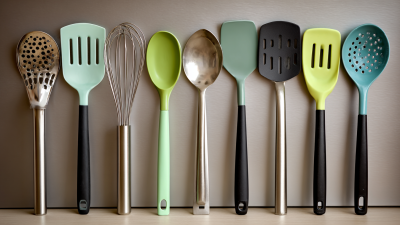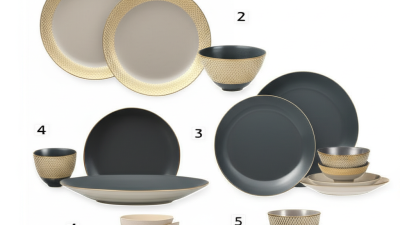Earthenware pots, a craft that dates back thousands of years, have remained an integral part of various cultures around the world due to their unique properties and benefits. According to a report by the International Council on Monuments and Sites (ICOMOS), the use of traditional pottery techniques contributes significantly to sustainable practices in various communities, promoting biodiversity and local heritage. Moreover, a study published in the Journal of Agricultural Sciences highlights that earthenware pots are excellent for maintaining optimal humidity levels for food storage, leading to reduced spoilage by as much as 30% compared to modern plastic containers. This enduring pottery not only serves practical purposes but also encapsulates a rich history, reflecting the artistry and craftsmanship of civilizations. Understanding the significance of earthenware pots allows us to appreciate their role in sustainability, culture, and everyday life, encouraging a revival of interest in these timeless creations.
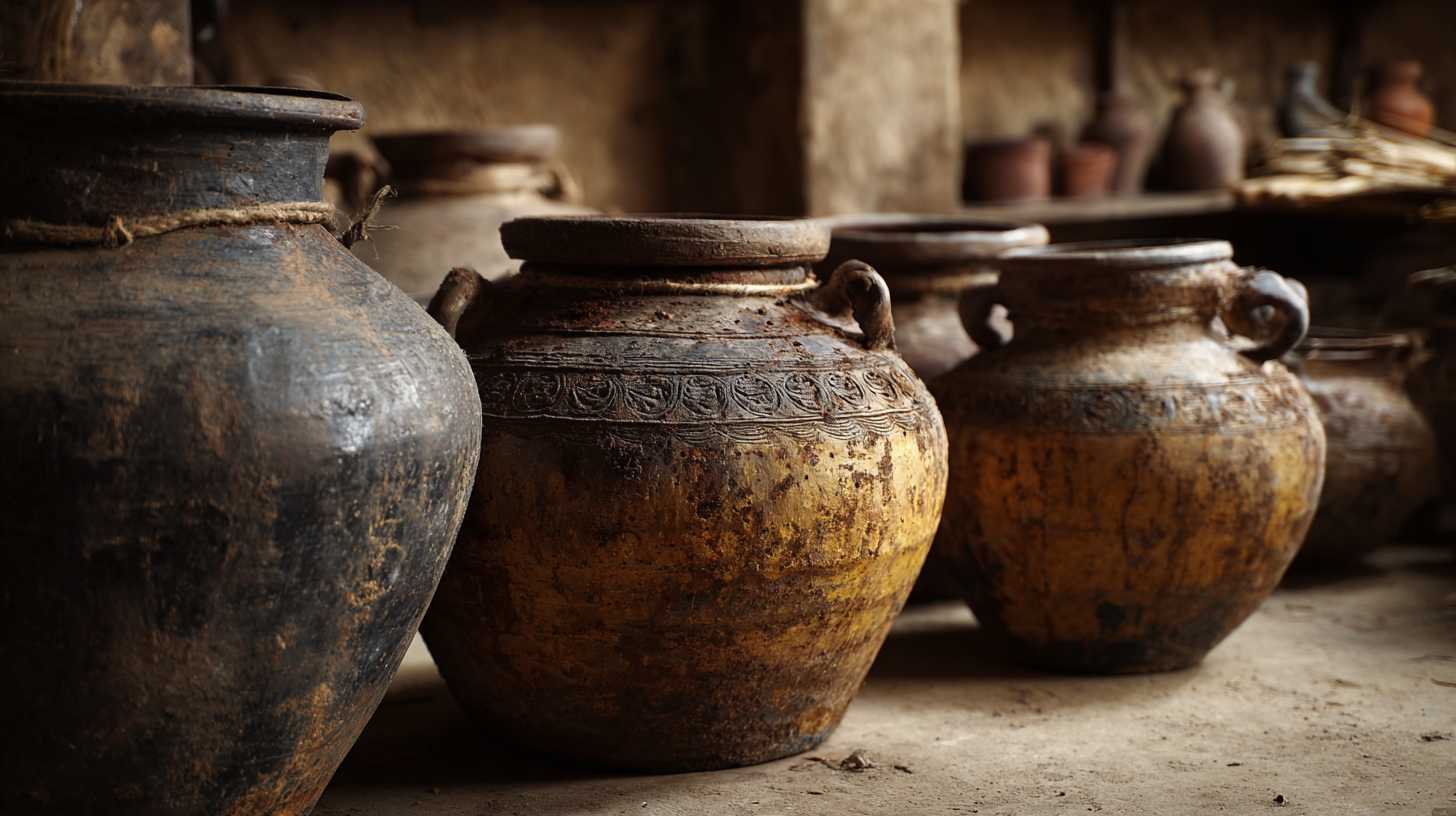
The evolution of earthenware pots is a fascinating journey that showcases humanity's ingenuity in utilizing readily available materials for practical and aesthetic purposes. Archeological findings suggest that the origins of earthenware can be traced back to over 20,000 years ago, when ancient civilizations began crafting rudimentary pottery using clay from riverbanks. The advent of pottery marked a significant milestone in human history, allowing for better food preservation and cooking methods, thus facilitating the transition from nomadic to settled lifestyles.
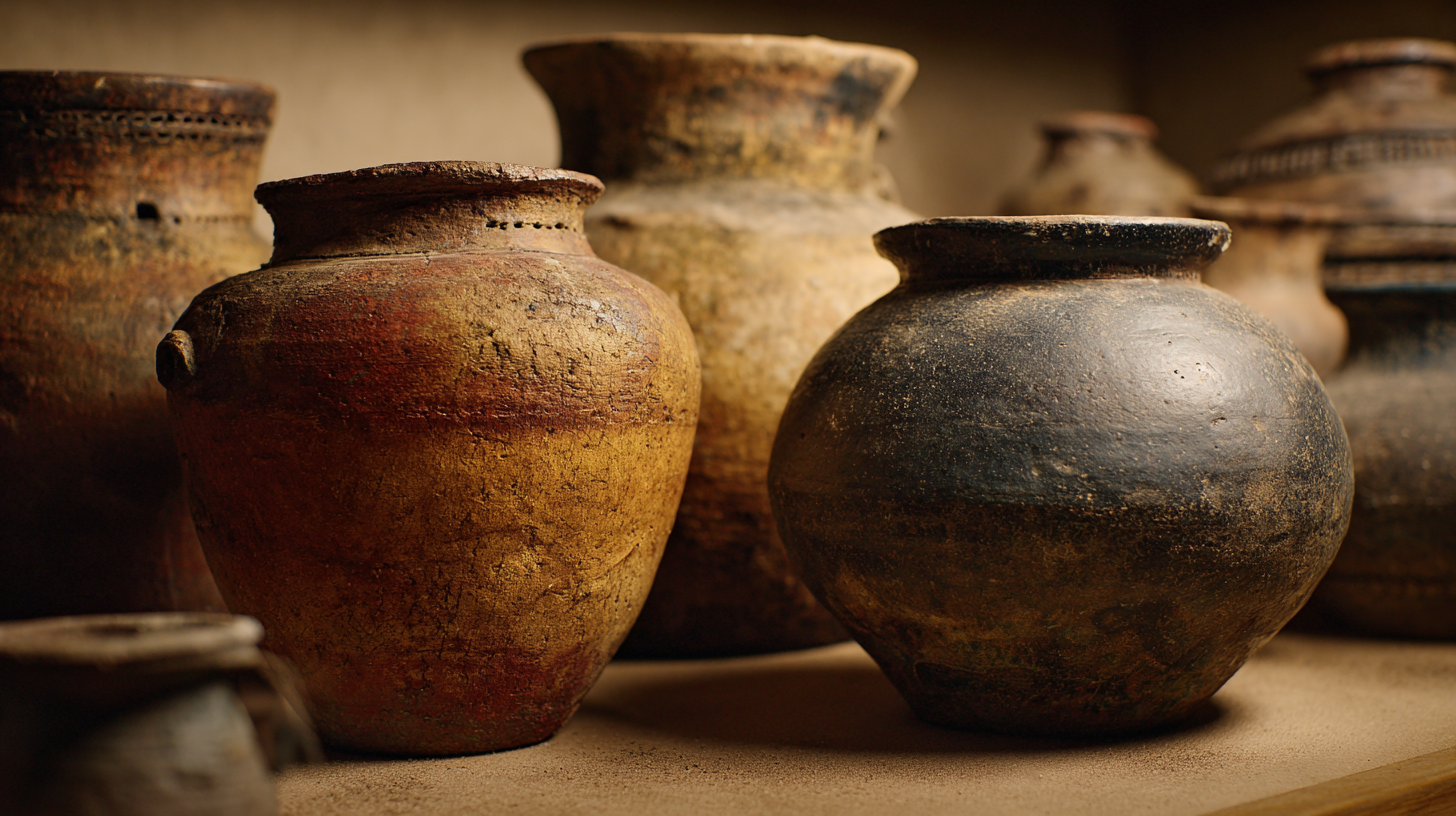
Throughout the centuries, earthenware techniques have evolved considerably, influenced by various cultures. According to a report by the American Ceramic Society, the global earthenware market has experienced steady growth, projected to reach approximately $8 billion by 2025. This growth is fueled not just by traditional uses but also by a resurgence in interest for artisanal and sustainable pottery.
Modern artisans are embracing ancient techniques such as coiling and slip casting, elevating earthenware pots into art forms that are both functional and decorative. This unique blend of history and contemporary craft continues to captivate artisans and consumers alike, highlighting the enduring significance of earthenware in our daily lives.
Earthenware pots, known for their unique properties, offer more than just aesthetic appeal in kitchens and gardens; they serve practical benefits that support cooking and plant health. These traditional vessels enhance the flavors of food through their natural ability to retain moisture and distribute heat evenly, which can lead to better cooking outcomes. Research indicates that cooking in earthenware can even reduce the need for added oils and fats, promoting healthier meal preparation. Additionally, studies have shown that drinking water from earthen pots, commonly referred to as matkas, not only tastes fresher but also possesses natural cooling properties, helping to alkalize water and preserve its essential nutrients.
Moreover, the synergy between earthenware pots and plants is noteworthy. The porous nature of clay allows for optimal air circulation and moisture retention in the soil, fostering healthier plant growth. This has been supported by numerous horticultural studies, which highlight that plants grown in earthen pots often exhibit improved growth rates and resilience. For instance, certain plants like lavender and jasmine thrive better in such conditions, contributing not only to improved health but also to enhancing home environments. Thus, integrating earthenware into both culinary and gardening practices offers a timeless and beneficial approach rooted in ancient traditions.
| Dimension | Details |
|---|---|
| Material Type | Clay |
| Historical Use | Dating back to 25,000 BC |
| Cooking Benefits | Retains heat well and evenly |
| Health Benefits | Non-reactive with food |
| Plant Health Benefits | Excellent drainage and aeration |
| Cultural Significance | Important in various ancient civilizations |
| Sustainability | Made from natural materials |
| Crafting Techniques | Hand-formed or wheel-thrown |
The global demand for earthenware continues to grow, spurred by its unique characteristics and cultural significance. Markets around the world are increasingly favoring natural materials, and earthenware pots stand out due to their aesthetic appeal and functionality. The India tableware market, in particular, shows a rising trend towards earthenware, driven by both traditional and modern consumer preferences. As health-conscious consumers seek non-toxic alternatives to conventional dinnerware, earthenware's natural properties have solidified its position in the market.
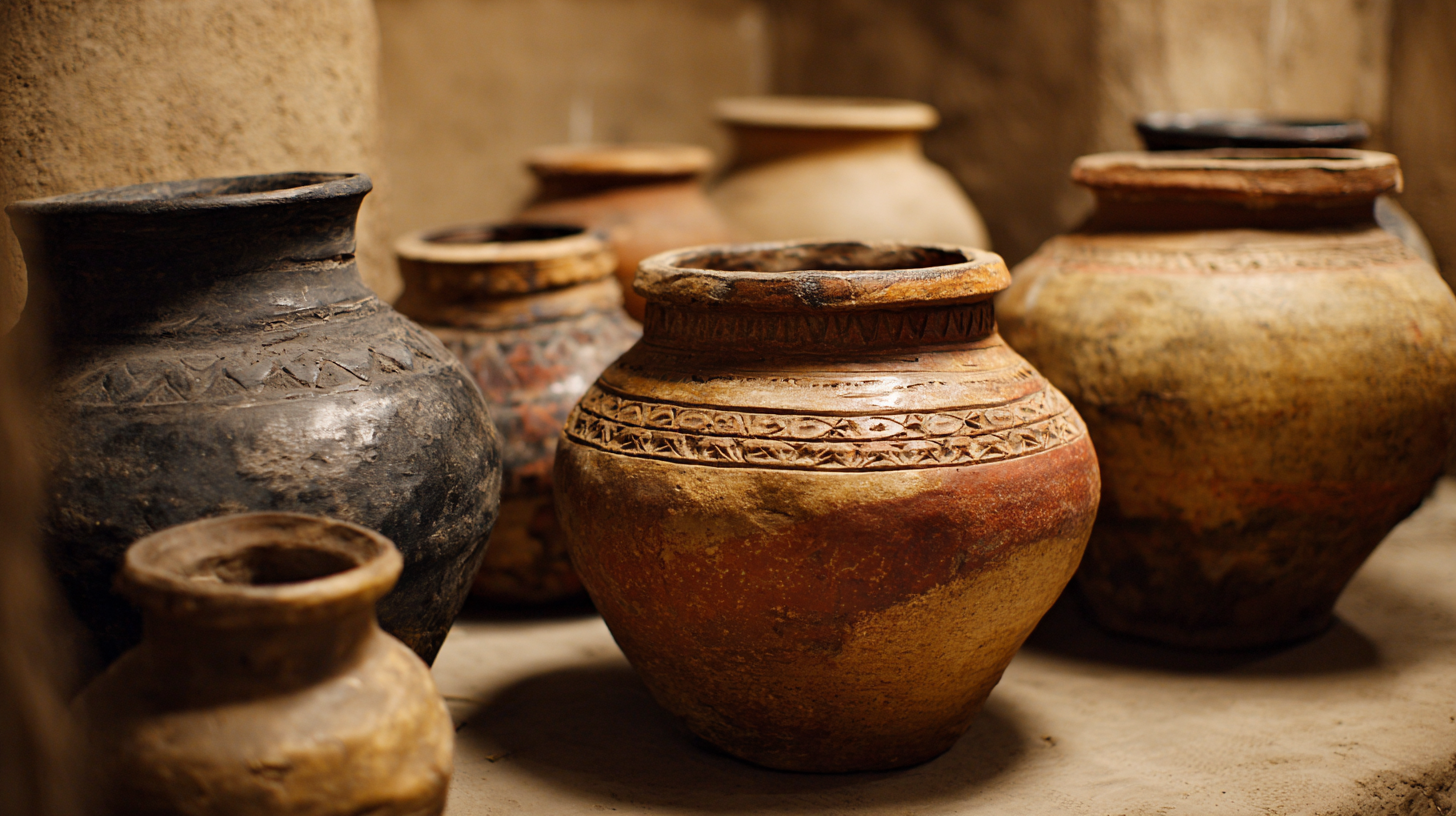
In addition to traditional earthenware, the rise of additive manufacturing is transforming the ceramic landscape. The 3D printing ceramic market is poised for significant growth, with applications expanding across various sectors, most notably healthcare. Innovations in ceramic materials and printing technologies are leading to unparalleled design possibilities and efficiency. As companies further explore these advancements, the intersection of tradition and technology presents exciting opportunities for the future of earthenware and ceramics globally.
The art of crafting earthenware pots is not just a skill; it's a timeless tradition that encapsulates the essence of cultural heritage. Master artisans, who dedicate their lives to this craft, have developed expert techniques that can help anyone looking to delve into pottery-making. One fundamental tip is to start with the right clay. Different types of clay offer various textures and firing capabilities, so selecting the appropriate one is crucial to your pot's final appearance and durability.
Another essential technique is mastering the wheel-throwing process. This method requires practice and patience. Begin with a well-centered mound of clay and apply even pressure while shaping the pot. Remember, consistency is key. Incorporating tools for trimming and detailing after the initial shape is created can elevate your piece from basic to artistic. Lastly, don’t shy away from experimenting with glazes, as they can add unique finishes that highlight the pot's form and enhance its aesthetic appeal.
As we rethink traditional crafts in a modern context, the stories associated with each piece become just as important as the techniques involved in making them. Engaging with the craftsmanship of earthenware not only connects us to our past but also allows us to explore new possibilities in creative expression.
Sustainability is at the forefront of modern crafting, and earthenware pots exemplify this principle brilliantly. Made from natural materials such as clay, these pots not only boast an aesthetic appeal but also contribute positively to our environment. According to a report from the U.S. Environmental Protection Agency, ceramics have a significantly lower carbon footprint compared to plastic alternatives, which often take hundreds of years to decompose. This sustainability factor is vital as more consumers seek eco-friendly products that minimize their impact on the planet.
When choosing earthenware pots, look for those produced using traditional methods that ensure minimal industrial interference. This often means locally sourced materials, which reduce transportation emissions and support local economies. Moreover, these pots are biodegradable, making them an excellent choice for environmentally-conscious gardeners.
**Tips:**
1. Opt for clay pots that are unglazed; they are often more eco-friendly and allow for better air and moisture circulation, promoting healthier plant growth.
2. Consider recycling old earthenware pots by upcycling them into garden decor or using them for storage, thus extending their life cycle and reducing waste.
3. When planting, use organic or sustainably sourced potting mixes to further enhance the environmental benefits of using earthenware pots.
This bar chart represents the environmental benefits of using earthenware pots compared to other materials. The data showcases the reduction of carbon emissions, water usage, and energy consumption when opting for earthenware over conventional ceramic and plastic pots.


